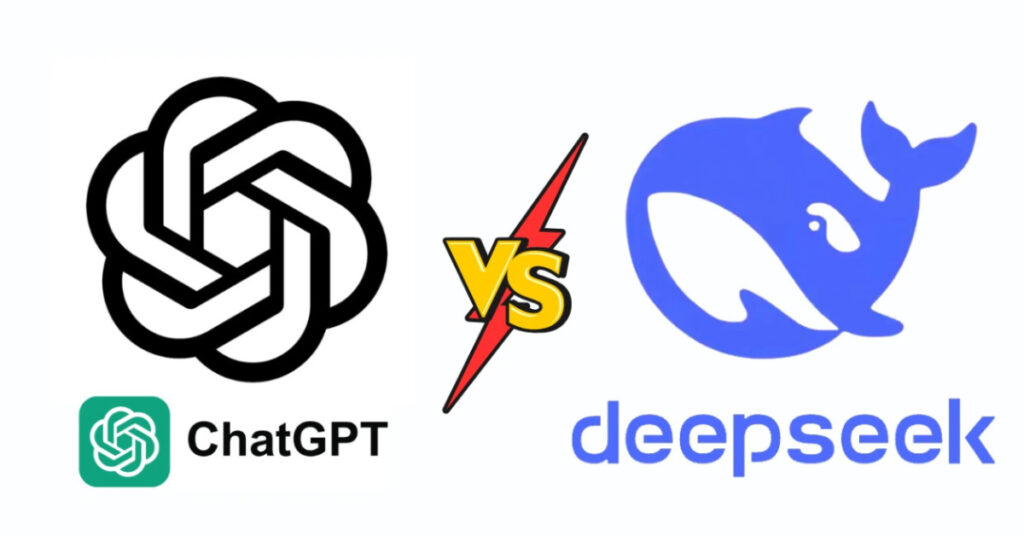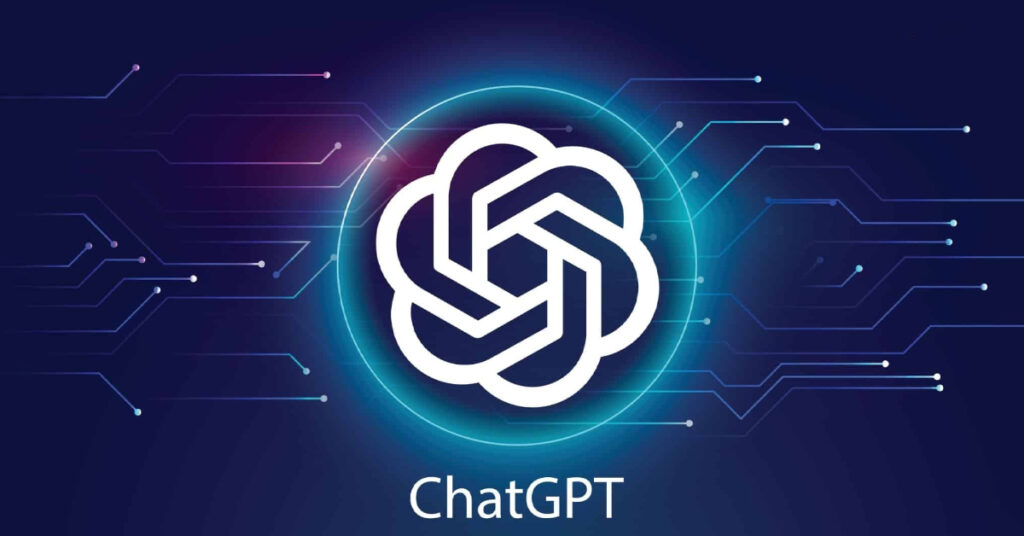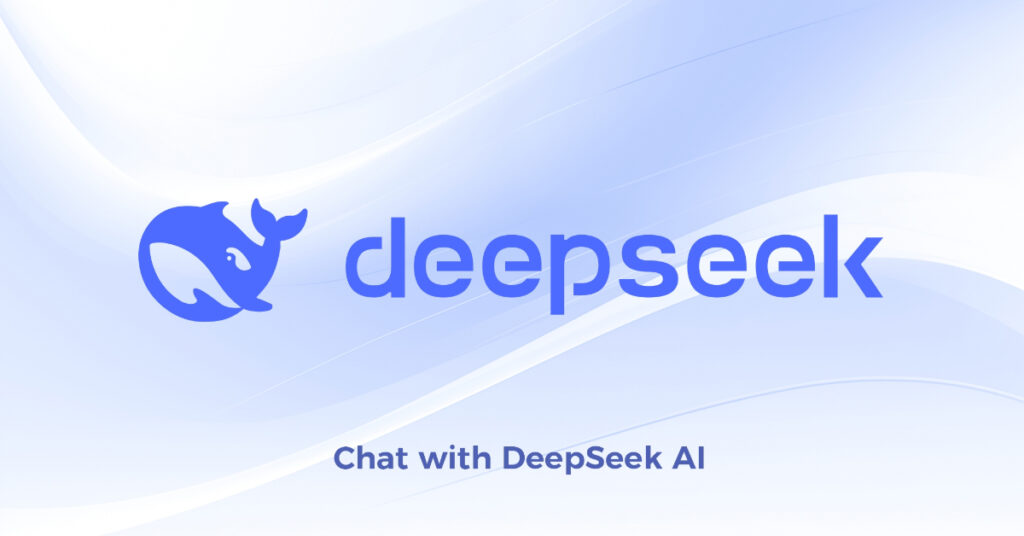
In the rapidly evolving field of artificial intelligence, chatbots have quickly emerged as essential resources for a variety of tasks, including personal assistance, mental health support, and customer service. Two of the most talked-about AI chatbots in the market as of 2025 are DeepSeek, a relatively newcomer that has gained attention for its unique approach, and OpenAI’s ChatGPT
In order to ascertain which of these two AI chatbots is the best in 2025, this article will thoroughly compare them based on a number of key aspects, such as functionality, user experience, accessibility, language understanding, accuracy, and security.justify-text-block
What Is ChatGPT?

OpenAI created the ChatGPT AI language model, which is driven by the Generative Pretrained Transformer (GPT) architecture. It has undergone multiple revisions since its initial release, and GPT-4 and later versions are extensively utilized in both personal and business applications
By 2025, ChatGPT has been implemented in millions of use cases, ranging from creation of content, writing, and coding help to more specialized applications like virtual assistants and therapy bots. One of the most advanced AI language models is ChatGPT, which is capable of understanding and generating text that is similar to that of a human being. It can hold conversations, simulate emotional tones – and give contextually relevant answers to questions, making it a flexible tool for a variety of industries.
What Is DeepSeek?

A different AI research team created DeepSeek , – a chatbot with advanced conversational abilities. DeepSeek gained attention for its focus on multimodal interactions and real-time learning capabilities, despite being relatively new in comparison to ChatGPT.
DeepSeek has the capacity to continually evolve depending on real-world interactions, in contrast to traditional AI chatbots that mostly rely on static datasets. This implies that it gains knowledge from each conversation to enhance its responses, which might ultimately result in more accurate and personalized interactions. In addition, DeepSeek is known for incorporating features like semantic memory, which allows it to maintain context across long discussions—an area in which many AI systems still struggle
Here’s a Comparison Table for ChatGPT vs DeepSeek:

| Aspect | ChatGPT | DeepSeek |
| Language Understanding | Excellent at generating human-like text and understanding wide-ranging topics. Can struggle with ambiguous queries – or complex contexts. | Advanced language processing with contextual embeddings and real-time adaptive learning. Better at handling multi-turn conversations and evolving context. |
| User Experience & Interface | Simple, intuitive interface available across web, mobile, and API. Suitable for developers and casual users alike | Multimodal (text, audio, video) interface. Seamless transition between input methods, dynamic personalization based on user history. |
| Accuracy & Reliability | High accuracy with GPT-4, reliable for fact-checking and general information, but may lack up-to-date content and can sometimes generate inaccurate responses. | Highly accurate due to real-time learning. Continuously adapts to trends and improves based on user feedback, but early-stage learning might cause occasional mistakes. |
| Security & Privacy | Adheres to privacy regulations like GDPR. Conversations are encrypted, but concerns around data collection and storage exist. | Focuses on decentralization of data storage, strong encryption, and user control over data usage and privacy settings. Better at protecting sensitive data. |
| Customization & Flexibility | Flexible in terms of application range, but the base model doesn’t automatically adapt to highly personalized needs without external adjustments. | Offers more customization options, particularly as it learns from user interactions. Adjusts tone, recommendations, and responses based on evolving user preferences. |
| Real-Time Learning | Static model—does not adapt in real-time. Updates depend on new versions and retraining by developers. | Dynamic real-time learning, improving accuracy and context as it learns from user interactions. |
| Multimodal Capabilities | Primarily text-based communication, though integration with external tools is possible. | Full support for multimodal communication (text, audio, video), creating a more immersive user experience. |
| Ideal Use Cases | General-purpose assistant, content generation, coding help, virtual assistants, and customer service. | Long-term customer engagement, personalized experiences, and environments requiring multimodal interactions (e.g., healthcare, advanced customer service). |




